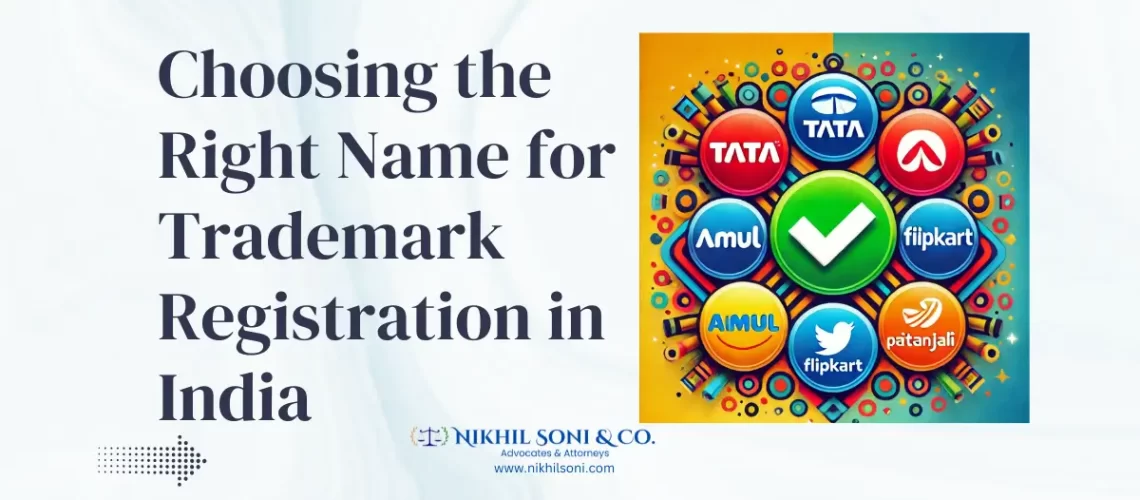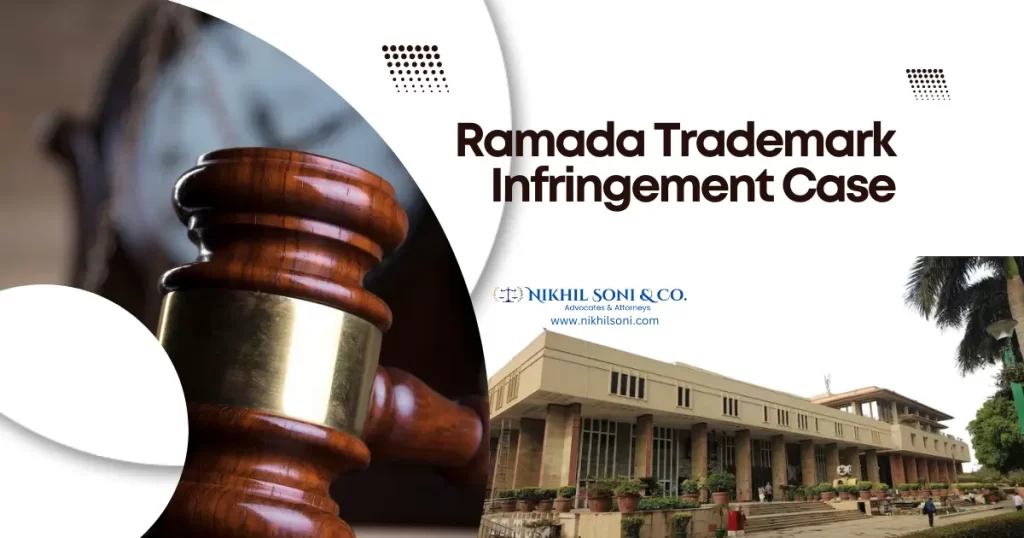Table of Contents
ToggleChoosing the Right Name for Trademark Registration in India
This guide delves into the essential aspects of choosing a strong trademark name and navigating the registration process in India. It surpasses 1000 words, providing in-depth information for entrepreneurs and businesses seeking to protect their brand identity.
Understanding Trademarks
- Definition: Trademarks are unique identifiers used to distinguish goods or services offered by a specific company. They can encompass words, designs, pictures, logos, or even expressions.
- Importance: Trademarks play a crucial role in differentiating your products from competitors, fostering brand recognition, and establishing your reputation. They are classified as intellectual property and protected under the Trademark Act, 1999.
- Benefits of Registration:
- Protection: Registration safeguards your trademark from unauthorized use by others, preventing the misrepresentation of your products through similar marks.
- Brand Recognition: Trademark registration facilitates consumer recognition of your brand and its associated value. Think of the iconic swoosh logo for Nike or the leaping puma for Puma.
- Legal Advantages: In case of infringement, a registered trademark empowers you to take legal action against the infringer.

Choosing a Strong Trademark Name
- Uniqueness and Distinctiveness: Your chosen trademark name should be distinct and readily distinguishable from existing trademarks. This ensures easier registration and stronger legal protection.
- Avoiding Generic Terms: Steer clear of generic words or phrases that describe the product or service itself. Generic terms cannot be exclusively owned by any single entity.
- Descriptive vs. Suggestive: Descriptive names directly describe the product, while suggestive names hint at its qualities or benefits. Suggestive names are generally more favorable for trademark registration.
- Clarity and Memorability: A clear and memorable name is easier for customers to recall and associate with your brand. Opt for simple and easy-to-pronounce words.
- Class Selection: India classifies goods and services into 45 distinct classes. When applying for registration, you must specify the class your trademark falls under (Classes 1-34 for goods, 35-45 for services).
Read in between: A short note on Design Registration in India
The Trademark Registration Process in India
- Trademark Search:
- Before investing time and resources in registration, conduct a thorough trademark search to ensure the chosen name isn’t already registered or too similar to an existing mark.
- You can search the online database of the Controller General of Patents, Designs and Trademarks (CGPDTM) or utilize legal services for a more comprehensive search.
- Filing the Application:
- Trademark registration applications are submitted to the Registrar of Trade Marks. The application process involves:
- Choosing a unique and distinctive trademark name.
- Determining the relevant class for your goods or services.
- Completing Form TM-A (available for online or physical filing).
- Paying the prescribed fee, which varies depending on whether you are an individual, small enterprise, or a larger company.
- Submitting a soft copy of your trademark and any supporting documents (e.g., proof of business registration).
- Trademark registration applications are submitted to the Registrar of Trade Marks. The application process involves:
- Examination and Publication:
- The Trademark Registry examines your application to ensure compliance with legal requirements and the absence of similar existing marks.
- If your application passes the examination, your trademark will be published in the Indian Trade Mark Journals.
- Opposition and Counter-Statement:
- Any third party can file an opposition within four months of publication, claiming the trademark infringes on their rights.
- If you receive an opposition notice, you must respond with a counter-statement within two months, defending your trademark.
- Hearing (if applicable):
- If an opposition is filed and not resolved through counter-statements, a hearing may be scheduled before the Trademark Registry. During the hearing, both parties present their case.
- Registration and Issuance of Certificate:
- If there are no oppositions, or if your counter-statement is successful in the hearing, the Trademark Registry will grant your application and issue a registration certificate.
- Upon receiving the certificate, you are legally entitled to use the registered trademark symbol ® alongside your brand name.
Additional Considerations
- Validity and Renewal: Trademark registration in India is valid for ten years from the filing date. Renewal is possible indefinitely.
- Benefits of Registration: Registered trademarks offer many advantages, including legal protection, brand differentiation, brand recognition, the creation of an intangible asset, enhanced business valuation, and a foundation for international trademark expansion.
Conclusion
Choosing a strong, unique name and navigating the trademark registration process in India are crucial steps for businesses seeking to establish and protect their brand identity. By following the guidelines outlined above, you can increase your chances of securing a valuable trademark asset for your business.
Read after: Trademarks Registration for Amazon Sellers in 2023, Choosing the Right Name for Trademark Registration





